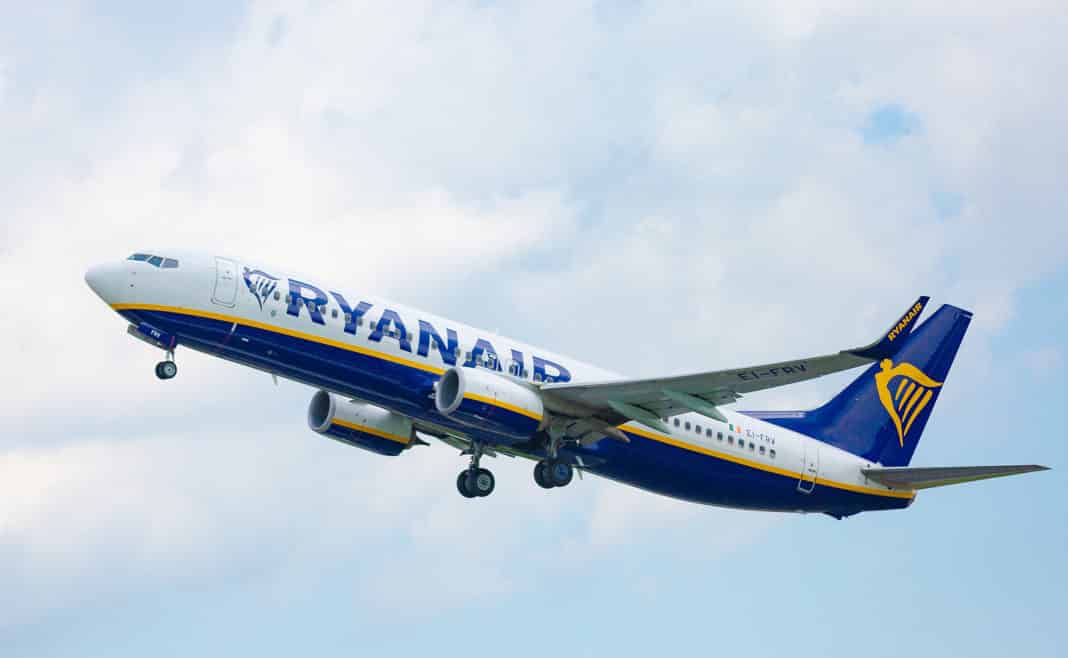The eruption volcano of Cumbre Vieja has seriously affected civil aviation, with hundreds of flight cancellations to and from La Palma, but so far it hadn’t caused any worrying incidents.
On Monday however, a Ryanair aircraft covering the Tenerife-Charleroi route (Belgium) had to declare a mid flight emergency and return to Tenerife airport after problems, as they averted a cloud of volcanic ash. The highly corrosive ash damaged the engines and triggered a safety alert.
The events occurred on Monday afternoon after the flight, a Boeing 737-800, left the Tenerife Sur runway at around 6pm. According to Civil Aviation, which is studying the incident information for further analysis, an investigation has already been opened. The aircraft was climbing to about 1,800 meters above sea level, directly above the Gran Canaria, when the pilots spotted a large ash cloud coming from the west, from the La Palma area. They decided to make a turn to starboard in order to avoid the corrosive cloud.
In the event of a volcanic eruption, crews receive and analyse wind trends and the possible direction of the ash clouds prior to setting their route. In this case, it seems that the wind carried that volcanic cloud beyond the area predicted by meteorological reports and the satellite images that have been monitoring La Palma for weeks.
Even though the aircraft didn’t enter cloud the crew detected that something was wrong. They hadn’t been able to completely dodge the extremities as a result of which thousands of particles in suspension had seeped into the two engines, causing serious failures in their operation.
Aeronautical sources explain that volcanic ash is highly corrosive to engines, so flying through such a cloud puts the integrity of the aircraft at serious risk.
In this case, the moment the pilots became aware of their malfunctioning engines, they decided to turn south and halt the climb, contact air traffic control and report the incident that was treated as an emergency situation.
After some time circling, while it jettisoned all the fuel from its tanks over the sea, to avoid the risk of landing loaded with kerosene, the aircraft quickly headed towards the Tenerife Sur where air traffic control had previously cleared the runways to facilitate the emergency landing.
All the passengers were landed safely after which they were transferred to another aircraft for their onward journey to Charleroi, arriving early on Tuesday morning following a 7 hour delay.





